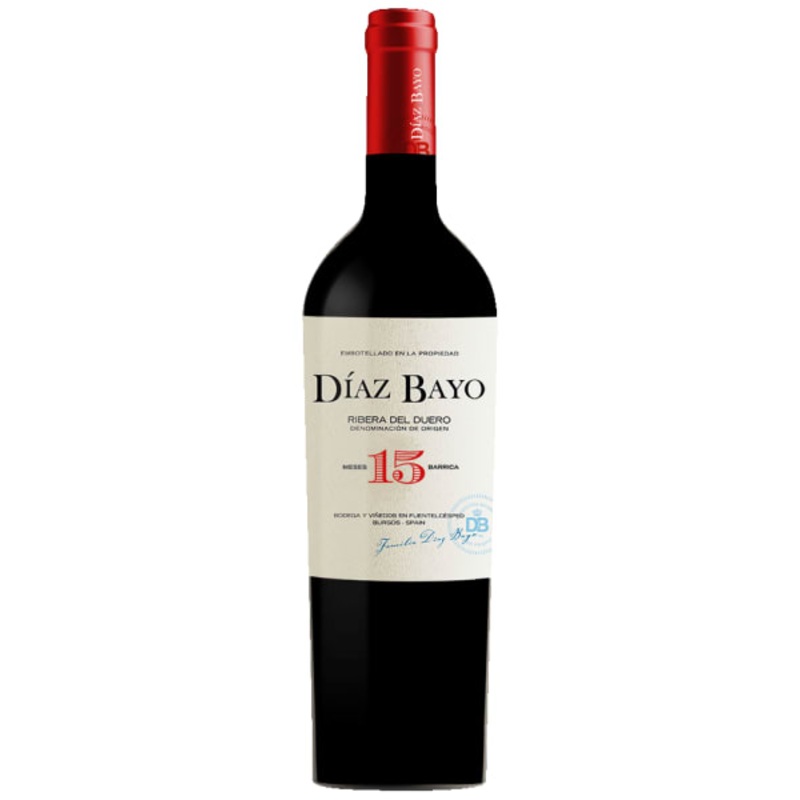
The tradition of viticulture in Fuentelcesped, as it is known today, dates back to 1177, coinciding with the Christian reconquest of the region known as the Ribera del Duero. Vines were planted in the Nava stream valley, an ideal locale, thanks to its sunny banks, abundant loose permeable soil and river stones.In the 16th century 160,000 liters of wine were already being produced, as the population had now tripled. The population had grown in excess of 1,000 inhabitants by the end of the 18th century, with more than 52% of the land dedicated to vines, in turn producing one million liters of wine annually.The 20th century brought with it technical and entrepreneurial transformations, but by 1910 phylloxera had also arrived, virtually devastating all the vineyards and therefore causing a great exodus. The genesis of a viticultural revolution was also now afoot, both in the vineyards, as well in the vinification process.For more than ten generations, the Daz Bayo family have dedicated themselves to the cultivation of vines and wine production in the Ribera del Duero. Until about 40 years ago, winemaking was undertaken in 'lagares', a traditional stone press, where the grapes were deposited for pressing. The resulting must would then be deposited in wood barrels located in the subterranean cellar, where constant temperatures allow the wine to develop its distinct, regional character.Despite the high concentration of parcels in Fuentelcesped, the vine-stocks that produce the best vines and the best grapes are selected for new vineyard plantings.
